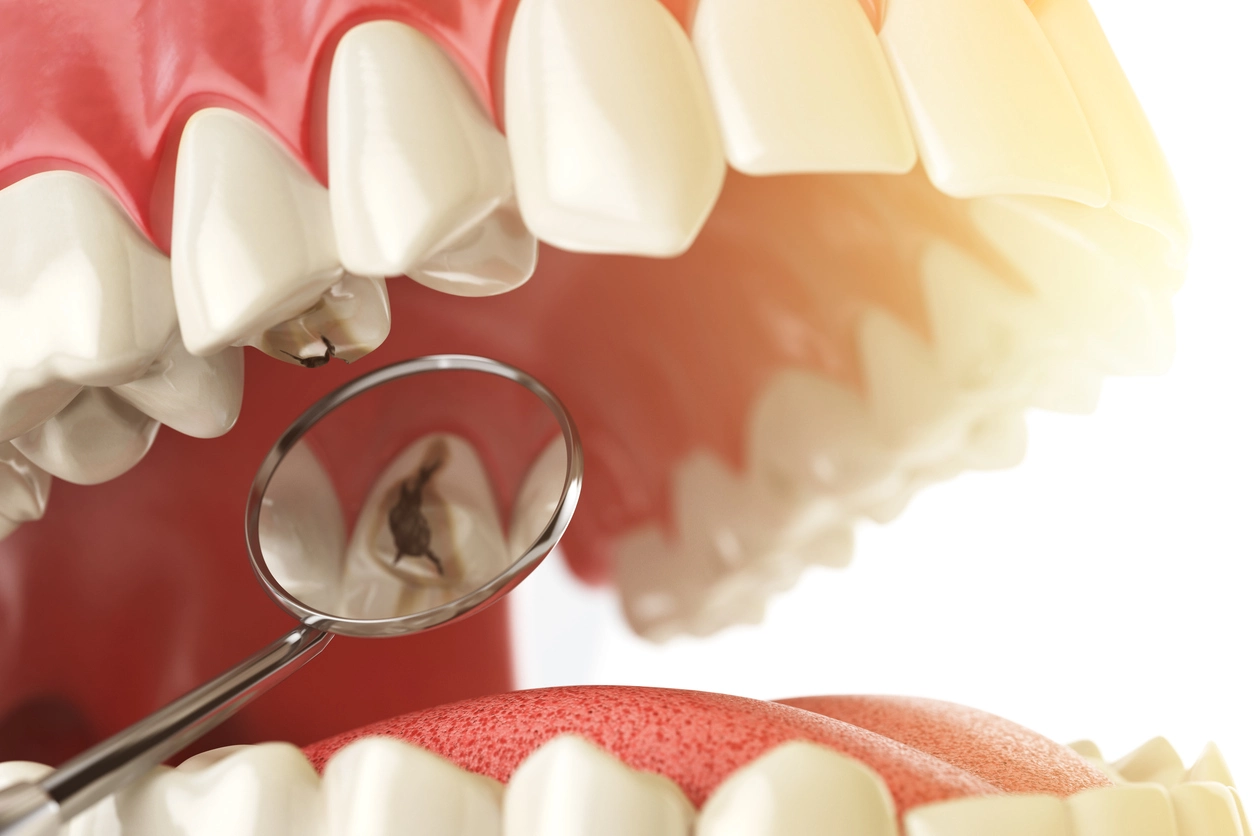On your teeth, dental calculus, a type of tartar, accumulates. Your dentist can get rid of it during routine cleanings, but if it isn’t, it might cause gum disease and other issues. Here are five quick suggestions for avoiding dental calculus bridge accumulation. Poor dental hygiene is the main contributor to calculus bridge. It happens when food fragments get stuck between teeth, where bacteria in plaque break them down. Gum irritation and bleeding may result from this. If you don’t remove this hardened plaque, it could turn into calculus bridge and harm your mouth’s delicate tissues.

Dental calculus: What is it?
A firm, yellowish-brown coating called dental calculus bridge, or tartar, develops on the teeth. It is composed of microorganisms, minerals, and proteins that adhere to the surface of your teeth.
calculus bridge is closely attached to your tooth enamel, making removing it challenging. In some cases, thorough removal requires the assistance of a specialist.
Twice daily brushing
Regularly cleaning your teeth can avoid cavities and other dental issues by removing plaque and food particles. Brushing your teeth before night and after each meal will help prevent the formation of dental calculus bridge.
A crucial concern at work is the well-being of the employees. When workers are healthy, they are more effective and productive. Workers may need to take time out of work to heal if they have an illness or injury. Users can keep track of their health and illness with the Home Depot health check app for workers and employees. It’s important to know whether an employee is healthy enough to work and whether they are.
Floss every day
By removing food particles stuck between teeth and below the gum line using floss, periodontal disease and plaque development are deterred. You’ll have less calculus bridge buildup if you floss every day compared to someone who never does! If you can, floss at least once daily (or use another interdental cleaner). Suppose you cannot floss daily; attempt to do it as soon as you finish eating. This will assist in removing food particles from between the teeth before they have a chance to lodge and cause issues.
Every day, use an antibacterial rinse
By eliminating the bacteria in your mouth that cause cavities and gingivitis, an antimicrobial rinse like ACT Anticavity Fluoride Rinse may help prevent plaque accumulation. After brushing your teeth in the morning, swishing this rinse for a minute may help lessen the amount of calculus bridge on your teeth throughout the day.

Go to the dentist
Make routine checkups and cleanings at the dentist. This enables your dentist to get rid of any plaque or tartar buildup above your gum line to stop it from creating gum disease or decay.
Limit your sugar intake
Limit sugar intake and keep an eye on your mealtime carbohydrate intake. During digestion, carbohydrates like sucrose (table sugar), glucose (dextrose), and fructose all transform into simple sugars that, if left on the teeth for too long after consumption, can result in cavities.


